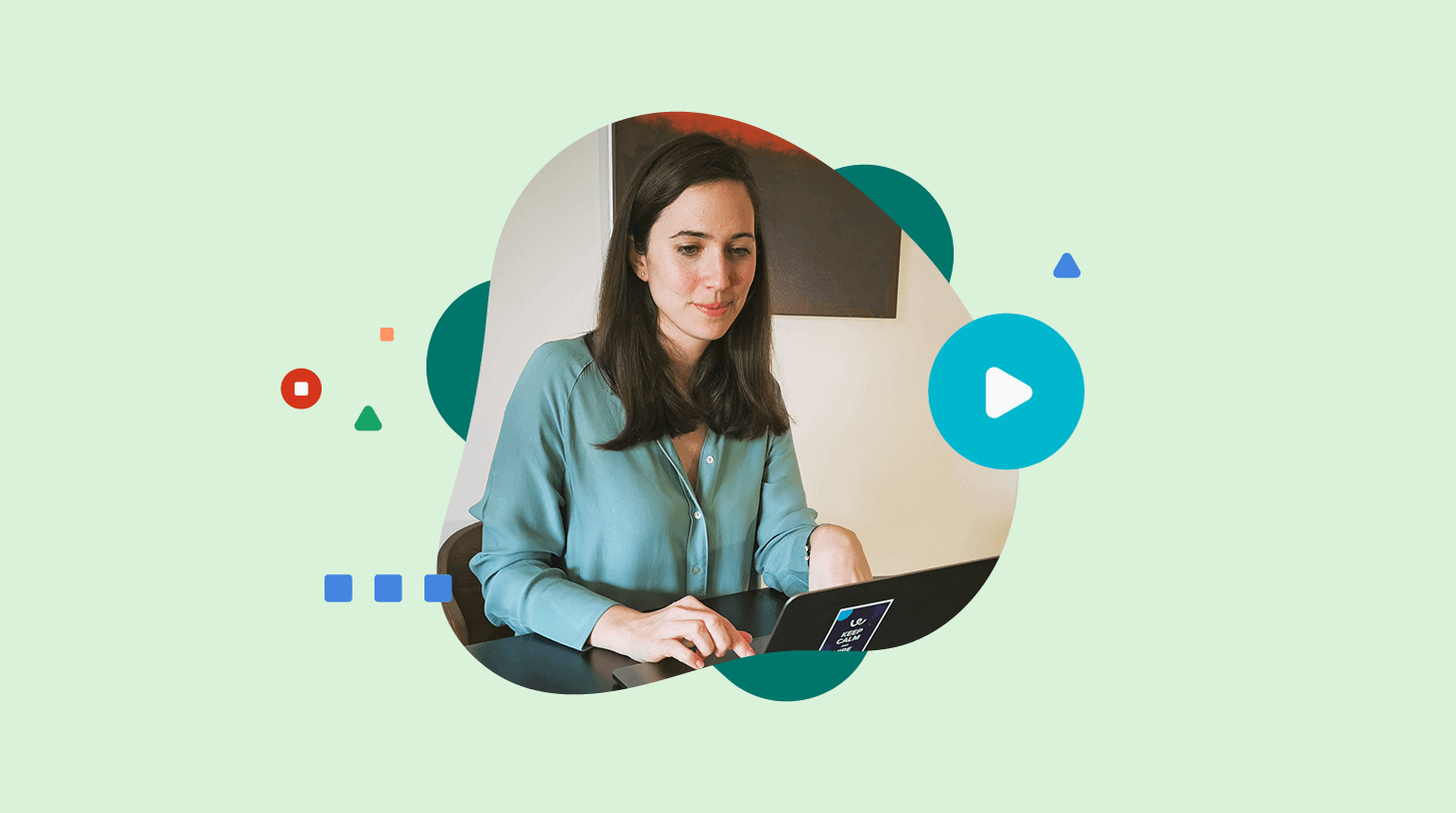Video Interviews: Designing for and with end users in mind
As a passionate UX practitioner I can insert a comment about user-centered principles into any type of conversation – whether it’s at a cocktail party or in a high-stakes meeting with the C-suite. It is an integral part of the design process in software development but can even be applied when designing a shopping cart or other products and services. In this post I will explain how our team at Workable considered input and feedback from end users when designing the new video interviews feature.

We start all projects at Workable with research and analysis following the fundamental steps of Design Thinking. First, this helps us gather insights and data to make informed design decisions, since intuition and best practises can only get us that far.
Second, this guides us through iterations and improvements that can eliminate problems and frustration for the end user. Finally, this can actually decrease the risk of failure and improve profitability for the company, with reduced costs of customer support and happy customers who will spread a good word about our product to the world.
The Video Interviews feature first kicked off about a year ago, with our team gathering for a Design Sprint. The purpose of this week-long structured workshop is to map out and understand the problem, ideate, and agree on a target. We actually ran two separate design sprints:
- First, we did one focusing on the candidate’s experience (receiving a request to complete a video interview, recording answers and submitting the assignment).
- Once an MVP for the candidate experience was ready for implementation we did another, focusing on the recruiter and hiring manager’s experience (setting up a video interview for a job, sending a request to candidates and then viewing and evaluating the candidate submissions).
Defining personas and finding people to talk to
Leading up to the Design Sprint, we identified people who could share valuable insights with us on the topic at hand, which was oneway video interviews for recruiting purposes.
For the candidate persona we reached out to recently hired Workable employees who had experience with video interviews for their current role, or a previous one.
For the recruiter persona we reached out to select customers who had expressed interest in this feature to their account managers, as well as our amazing in-house recruiting team (who always contribute to our research and usability testing).
Understanding and empathizing with the end user
Hearing first hand from video interview applicants was an eye-opener, especially about how stressful this experience can be for them. Anything from a hardware issue to a distraction in their surroundings could cost them a good submission and jeopardize their progress in the interview process, which is critical for active job seekers.
At the same time we learned that candidates think highly of companies that use this type of “high tech and modern” method in their hiring process. These and other candidate insights guided us in designing a helpful and pleasant experience for them.
Recruiters talked to us about how bias can be a challenge for their hiring team while evaluating candidates. This is a challenge that video interviews could potentially augment if the evaluator focuses on the visual appearance of the person or the environment the video submission is recorded in.
At the same time they were very excited to get their hands on this tool that can help them screen candidates better and faster from an early pipeline stage.
Validating and testing our ideas
Equipped with a deep understanding about who we are designing for, what they need and want, the team got straight to work and designed the key parts of the candidate and recruiter experience respectively. We created working prototypes and invited a handful of Workable employees to test them out. This helped us validate the direction we had chosen and helped us identify some issues at an early stage, before spending effort on development.
Finding volunteers to test the candidate experience was easy, since we targeted any person who could potentially be asked to submit a video interview for a job application. to test the hiring manager experience, we targeted any manager who would potentially screen a candidate for their team with a video interview, even if they had never done this before.
Testing the product in the real world
As the development of the feature was reaching completion we engaged our own recruiting team and six key customers in an Early Adopter Program. We gathered their input as they used video interviews to screen and evaluate candidates over the course of a few weeks. Even though we had incorporated user input at multiple points since the beginning of the project and were confident in what we had built, there was still more for us to learn from its performance in real world circumstances.
We did not get much feedback from candidates besides some minor technical issues that were quickly fixed. This could mean that we indeed did a great job and delivered something that works perfectly, or perhaps that candidates were not willing to share their feedback during their application process with a company (and I don’t blame them).
Recruiters, however, shared great feedback with us, most of which has already been added to our roadmap. One of their key concerns was about creating a “good” video interview, in which they ask candidates enough questions to get the information they are looking for, but also does not require too much time to complete, which could lead to them dropping out and not completing the video interview.
Keep listening, keep learning, keep improving
Upon the completion of the Early Adopter Program video interviews became available to all Workable customers. You might have thought that our work was done, but it wasn’t! The world and people evolve and change and so should our product. We will keep monitoring the traffic and usage analytics of the feature to track performance and identify issues. We will also keep listening to all incoming feedback from our customers through different channels, such as customer support and the account management team, in order to react to it.
Salad & Go, for example, shared some great feedback on how they’ve been able to use video interviews to conduct remote hiring:
We will keep asking questions in order to understand what our users need and improve our product for them. This is essential to the quality and success of Video Interviews – and this is important to us as well.
Anything from a casual conversation where you ask a friend for their opinion on something, all the way to a formally structured research or test activity can help you learn something you did not know before. And this is the essence of user-centered design, so start talking to your users today!




